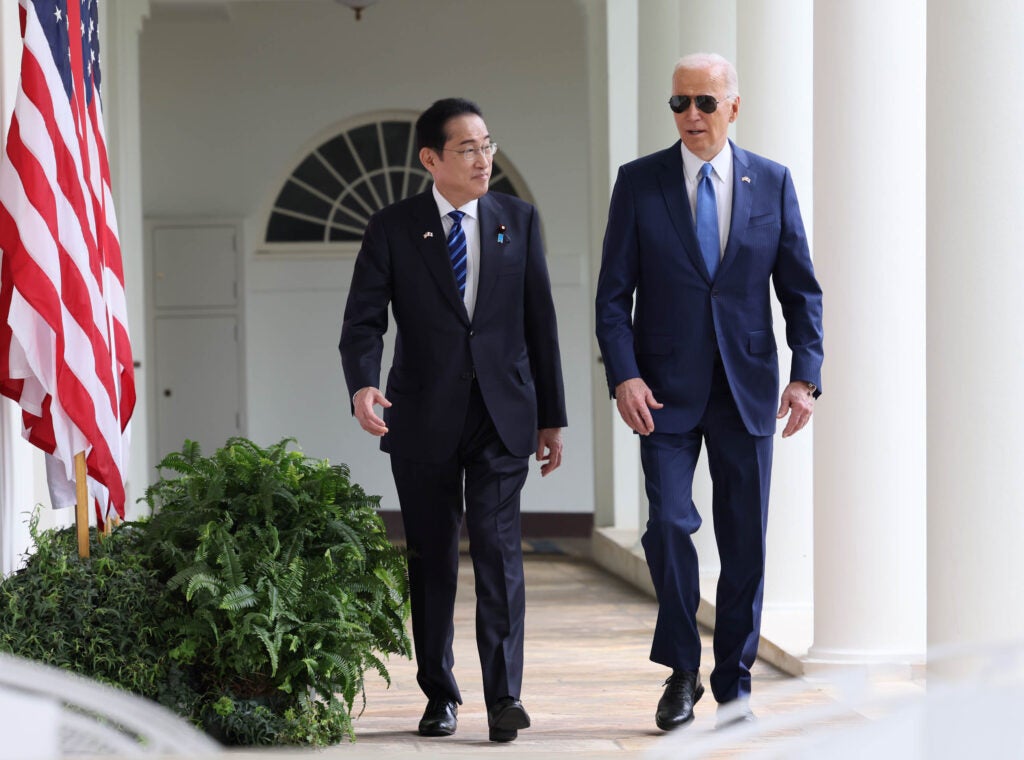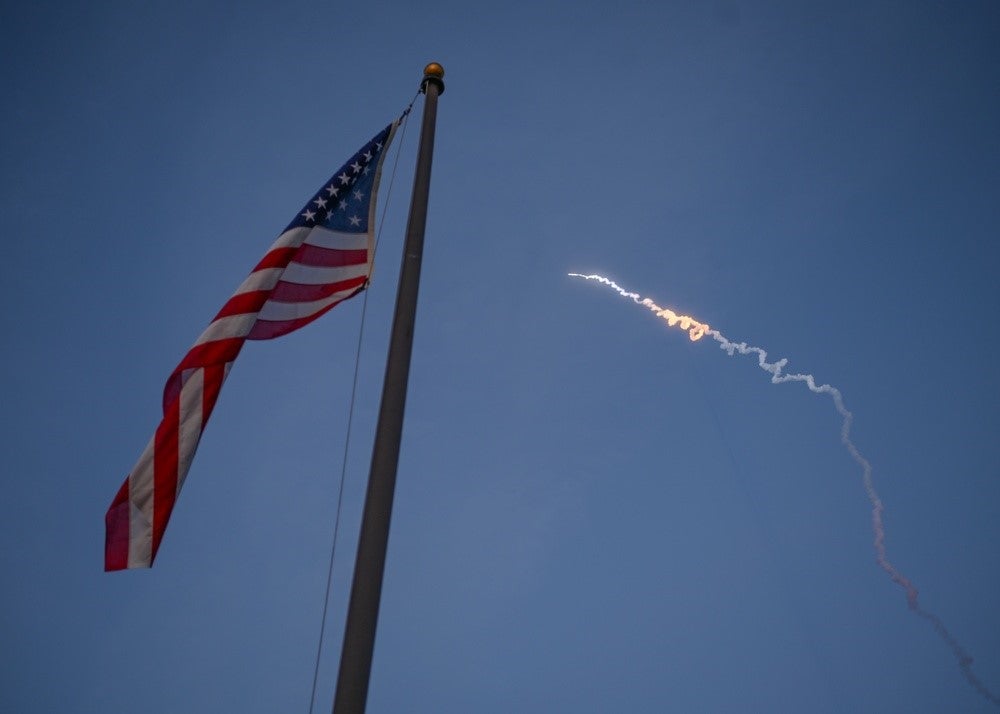Japan and US Agree to Jointly Develop Hypersonic Interceptor
On Wednesday May 15, the US and Japan signed a formal agreement to jointly develop an interceptor capable of stopping hypersonic missiles. According to a statement from the US Department of Defense, the system will intercept missiles in the glide phase of their approach and will “deliver a regional defensive capability over time as part of a holistic layered defensive architecture.”

The two sides had first publicly announced plans to develop a hypersonic interceptor back during the trilateral between Kishida, Biden and South Korean President Yoon held in August of 2023. Last month, in a joint statement following the Biden-Kishida summit, the two sides reaffirmed these capabilities as well as highlighting potential for cooperation in missile defense development with the UK and Australia through the AUKUS framework:
“We also reaffirmed our pursuit of a Glide Phase Interceptor (GPI) cooperative development program to counter high-end, regional hypersonic threats. […] Today, we announce our vision to cooperate on a networked air defense architecture among the United States, Japan, and Australia to counter growing air and missile threats. Recognizing Japan’s strengths and the close bilateral defense partnerships with the AUKUS countries, AUKUS partners – Australia, the United Kingdom, and the United States – are considering cooperation with Japan on AUKUS Pillar II advanced capability projects”
The US Missile Defense Agency (MDA) has been developing a hypersonic interceptor for some time now albeit the program remains at a relatively early stage. In 2021, Lockheed Martin and Northrop Grumman both received contracts under the Next Generation Interceptor (NGI) program. On April 15 2024, the MDA announced that it has ultimately selected Lockheed, and that it expects the NGI system to reach initial operational capacity no later than the end of 2028. “We are very confident in our decision to go with Lockheed Martin and its plans to develop and field a Next Generation Interceptor that will meet USNORTHCOM’s operational need and be ready for emplacement in 2028,” MDA director Lt. General Heath Collins said at the time.
Advancements in hypersonic missiles by Russia, China, Iran and North Korea have been making headlines for the past few years. With the threat that missiles and hypersonic can pose to bases and military vessels in a potential conflict in the Indo-Pacific, countermeasures remain a priority for Tokyo and Washington.

